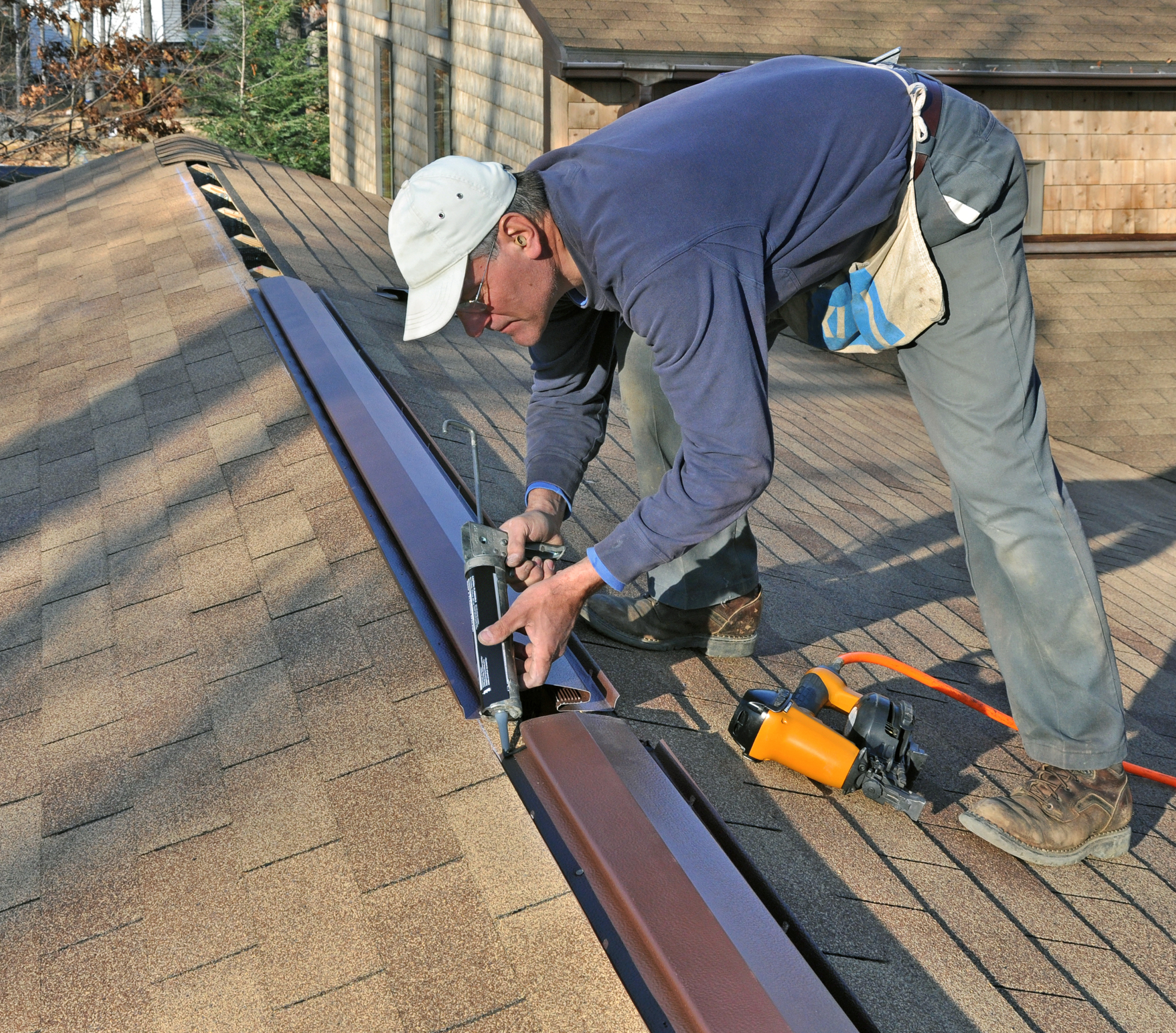
The Importance of Proper Roof Ventilation
As a homeowner, maintaining your property is of utmost importance. One of the most essential aspects of your home’s maintenance is ensuring proper roof ventilation. Proper roof ventilation can extend the life of your roof, reduce energy costs, and prevent damage to your home’s interior. In this article, we’ll dive into the importance of proper roof ventilation, why it matters, and how to achieve it.
What is Proper Roof Ventilation?
Proper roof ventilation is the process of allowing air to circulate freely throughout the roof space. A well-ventilated roof allows air to flow through from the bottom to the top, preventing the buildup of moisture and heat. This is essential in regulating the temperature of your home and preventing damage to your roof and attic.
Why is Proper Roof Ventilation Important?
Proper roof ventilation has a number of benefits for your home, including:
Extending the Life of Your Roof
Proper roof ventilation can significantly extend the life of your roof. By preventing the buildup of heat and moisture, you reduce the risk of damage to your roofing materials. This can help prevent premature deterioration and save you money in the long run.
Reducing Energy Costs
Proper roof ventilation can also help reduce your energy costs. By allowing air to circulate freely, you prevent the buildup of heat in your attic space. This means your HVAC system doesn’t have to work as hard to cool your home, resulting in lower energy bills.
Preventing Damage to Your Home’s Interior
A well-ventilated roof can also prevent damage to your home’s interior. Without proper ventilation, moisture can build up in your attic space and cause damage to your ceiling and walls. This can lead to mold growth, which can be a health hazard for you and your family.
How To Achieve Proper Roof Ventilation
Achieving proper roof ventilation requires a combination of intake and exhaust vents. Intake vents allow fresh air to enter the attic space, while exhaust vents allow hot, moist air to escape. Here are some common types of vents you can use:
Ridge Vents
Ridge vents are installed along the length of the roof ridge and allow hot air to escape. They are often the most effective type of exhaust vent, as they provide a continuous venting system.
Soffit Vents
Soffit vents are installed along the eaves of the roof and allow fresh air to enter the attic space. They are often combined with ridge vents to provide a balanced ventilation system.
Gable Vents
Gable Vents are installed on the gable end of the roof and allow hot air to escape. They can be used in combination with other types of vents to provide additional ventilation.
Turbine Vents
Turbine vents are installed on the roof and use wind power to spin and exhaust hot air. They are often used in combination with other types of vents to provide additional ventilation.
Signs of Poor Roof Ventilation
It’s important to be aware of the signs of poor roof ventilation, as this can lead to a variety of issues with your home. Here are some common signs of poor roof ventilation:
Excessive Heat in the Attic
If your attic excessively hot, this is a sign of poor ventilation. Without proper ventilation, hot air becomes trapped in the attic space and can lead to damage to your roofing materials.
Ice Dams
Ice dams are a common problem in colder climates and are caused by poor ventilation. They occur when heat from your home melts snow on the roof, causing it to run down and refreeze along the edges of the roof. This can damage your roofing materials and cause leaks.
Mold and Mildew Growth
If you notice mold or mildew growth in your attic or on your ceiling, this is a sign of poor ventilation. Without proper ventilation, moisture can build up in the attic space, creating an ideal environment for mold and mildew growth.
High Energy Bills
If your energy bills are higher than usual, this could be a sign of poor roof ventilation. Without proper ventilation, your HVAC system has to work harder to cool your home, resulting in higher energy bills.
Conclusion
Proper roof ventilation is essential for the health and longevity of your home. It can extend the life of your roof, reduce energy costs, and prevent damage to your home’s interior. By using a combination of intake and exhaust vents, you can achieve proper roof ventilation and enjoy the benefits for years to come.
FAQs
How often should I check my roof ventilation?
Its recommended to check your roof ventilation at least once a year, preferably in the spring or fall.
Can I install my own roof vents?
While it’s possible to install your own roof vents, it’s recommended to hire a professional to ensure proper installation and avoid any damage to your roof.
How can I tell if my roof has proper ventilation?
You can tell if your roof has proper ventilation by checking for signs of excessive heat, ice dams, and mold or mildew growth. If you notice any of these signs, it’s important to address the issue as soon as possible.
What is the most effective type of exhaust vent?
Ridge vents are often the most effective type of exhaust vent, as they provide a continuous venting system along the length of the roof ridge.
Can proper roof ventilation prevent ice dams?
Yes, proper roof ventilation can prevent ice dams by allowing hot air to escape from the attic space and keeping the roof surface cooler.

0 comments